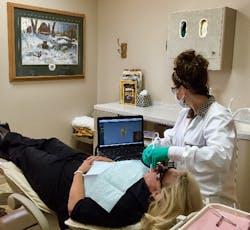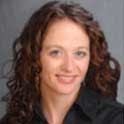With that said, I would encourage you to take action and make sure that you are covered should an accident happen to you. Dental Economics has a slew of articles available that discuss this topic, and our new newsletter—Principles of Practice Management, headed by DE’s superhero, Dr. Chris Salierno—will definitely focus on disability and disaster preparedness in future issues. Sign up for that newsletter if you haven’t already. In the meantime, I wish my colleague a speedy recovery.
This issue of Breakthrough Clinical has some good reads. Cracks, fractures, and broken teeth—we’ve all seen and dealt with them, but is what you’re doing really the right course of action? Reassure yourself with this article and the summary table that’s included. A couple of elusive case reports are also there to challenge you.
How healthy are your patients’ gums and hearts? Did you know that February is Heart Health and Gum Disease Awareness Month? A candid discussion can ensue between you and your patients when you tell them about the link between periodontal disease and cardiovascular disease. The article by Dr. Robert Gregg can help guide you with the dialogue. This could be the key that motivates Mr. Jones to finally begin his periodontal therapy.
Last month’s pathology case generated a lot of interest, and I thank you all for your discussion and input. Take a look at the follow-up to that path case along with a new pathology case involving an 8-year-old female.
Here’s to continued success with your clinical endeavors! Cheers!
Stacey L. Simmons, DDS
Editorial Director, DE’s Breakthrough Clinical with Stacey Simmons, DDS
This article first appeared in the newsletter, DE's Breakthrough Clinical with Stacey Simmons, DDS. Subscribe here.
LAST MONTH . . . One chief complaint, one end result, and 20 ways to get there









